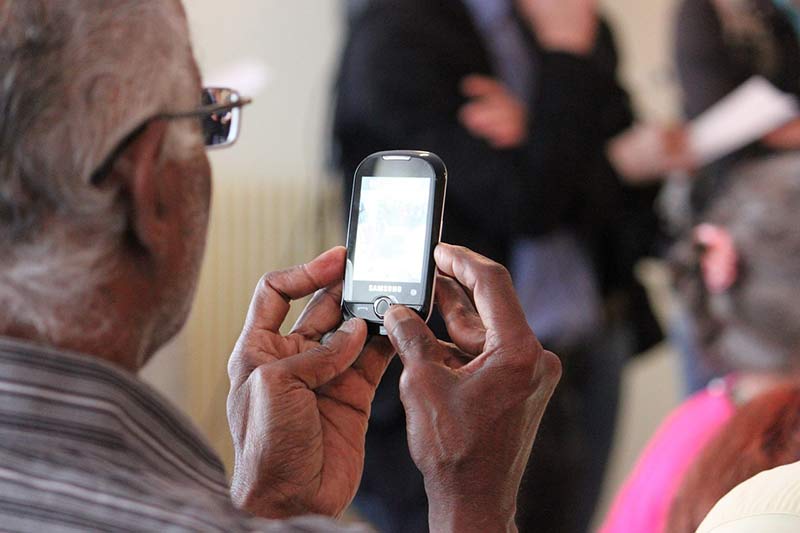
The Seniors Go Digital programme has made good progress, with more than 16,000 seniors benefitting from the programme since it was launched in May 2020.
The Infocomm Media Development Authority – IMDA, launched the Seniors Go Digital programme to help seniors embrace digitalization so that they can lead more engaged, informed and fulfilling lives.
IMDA and the SG Digital Office are on track to reach out to and raise the skills of 100,000 seniors by Mar 2021.
Through one-on-one help and small group learning sessions at the more than 30 SG Digital community hubs island wide, SDO’s Digital Ambassadors have helped seniors pick up skills such as using smartphones to communicate online and access government digital services.
In addition, IMDA’s Mobile Access for Seniors scheme for low income seniors, which was rolled out to complement the Seniors Go Digital programme, has benefitted more than 800 low income seniors with smartphones and data plans.
IMDA is also working with partners like the Ang Mo Kio Family Service Centre Community Services Ltd and the Youth Corps Singapore, to provide the smartphones and to guide these seniors through a four-week programme to pick up digital skills so that they can use their smartphones meaningfully.
95% of the seniors who received training were satisfied with the sessions, and about 80% continued to apply the digital skills they have picked up in their everyday lives.
Teaching Senior Citizens to Make Payments Online
To further support seniors in their digital learning, IMDA and SDO will be introducing e-Payment Learning Journeys for seniors. This thematic learning journey helps seniors who are keen to learn how to use e-payments in a more enjoyable and engaging way, via live demonstrations and hands on experiences.
IMDA has also collaborated with corporate partners to roll out the Supermarket Learning Journey, to guide seniors in using commercial apps such as the FairPrice app to make purchases in NTUC FairPrice stores.
These skills complement the growing number of hawker stalls that have adopted e-payment capabilities to improve productivity and competitiveness.
To encourage seniors to continue their learning journey and better keep track of their progress, each senior will receive a Seniors Go Digital Activity Pack for them to collect stamps to redeem for prizes by completing the learning activities. Stamps can be used to redeem prizes such as cooler bags, mugs and reusable containers.
















